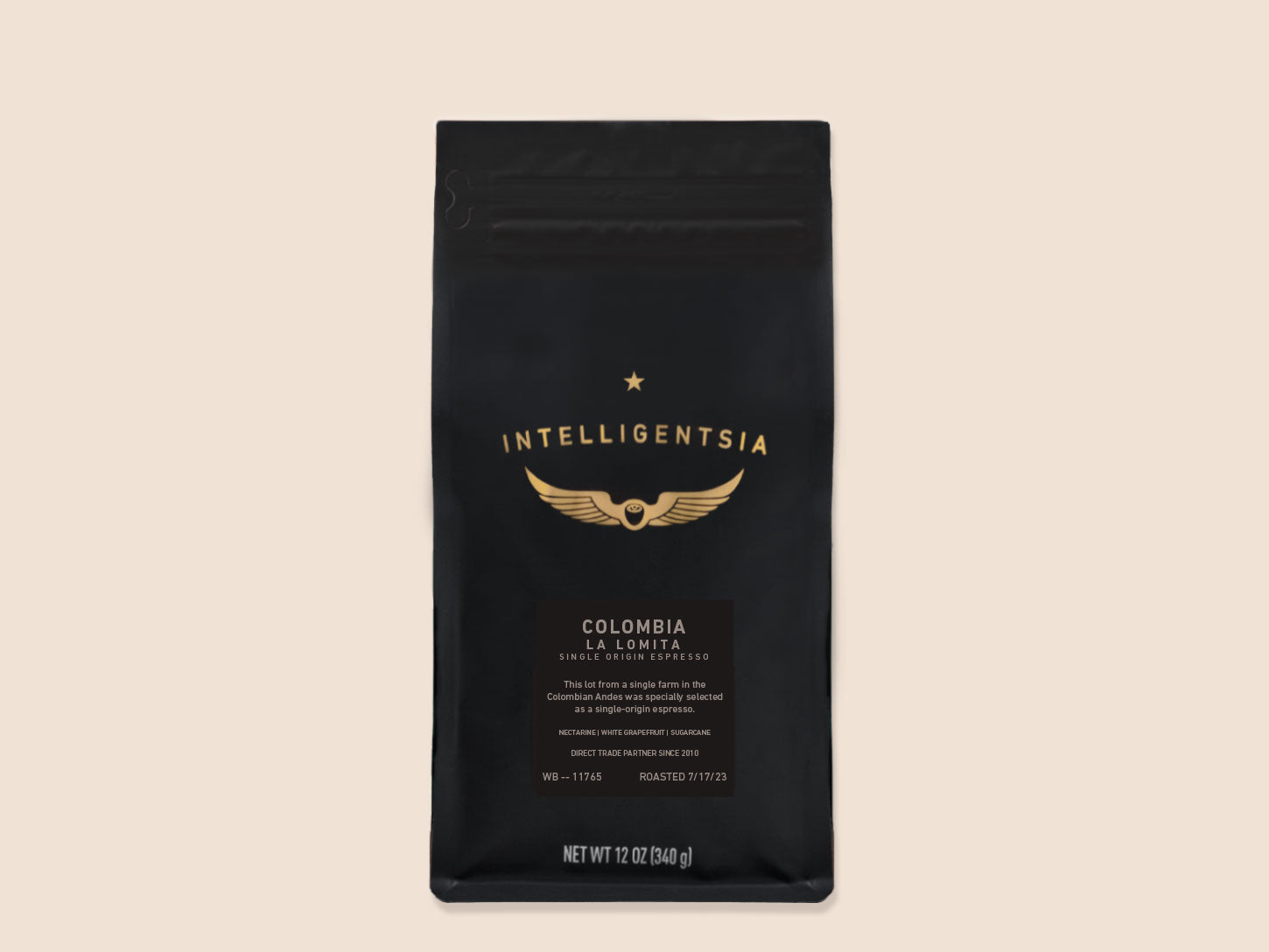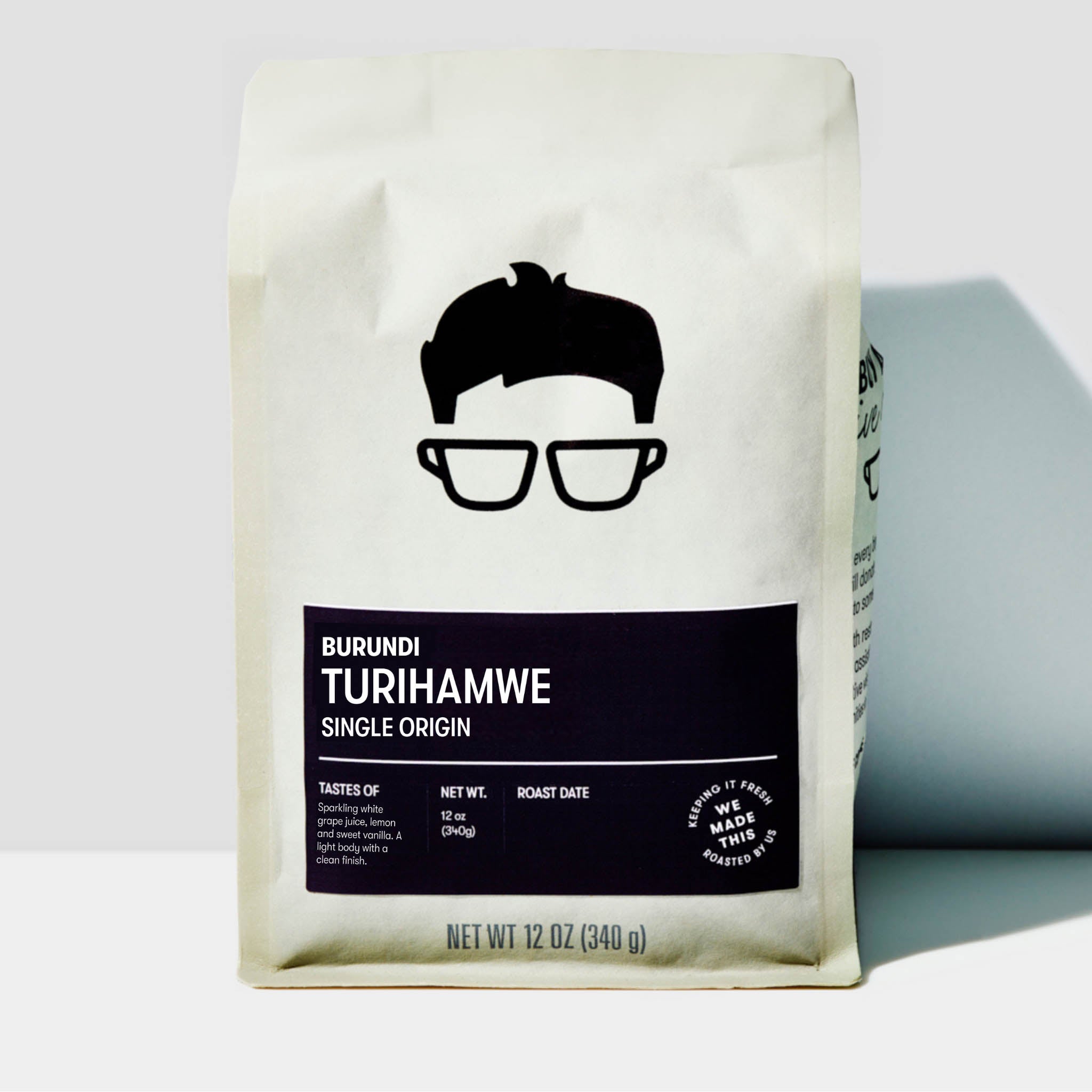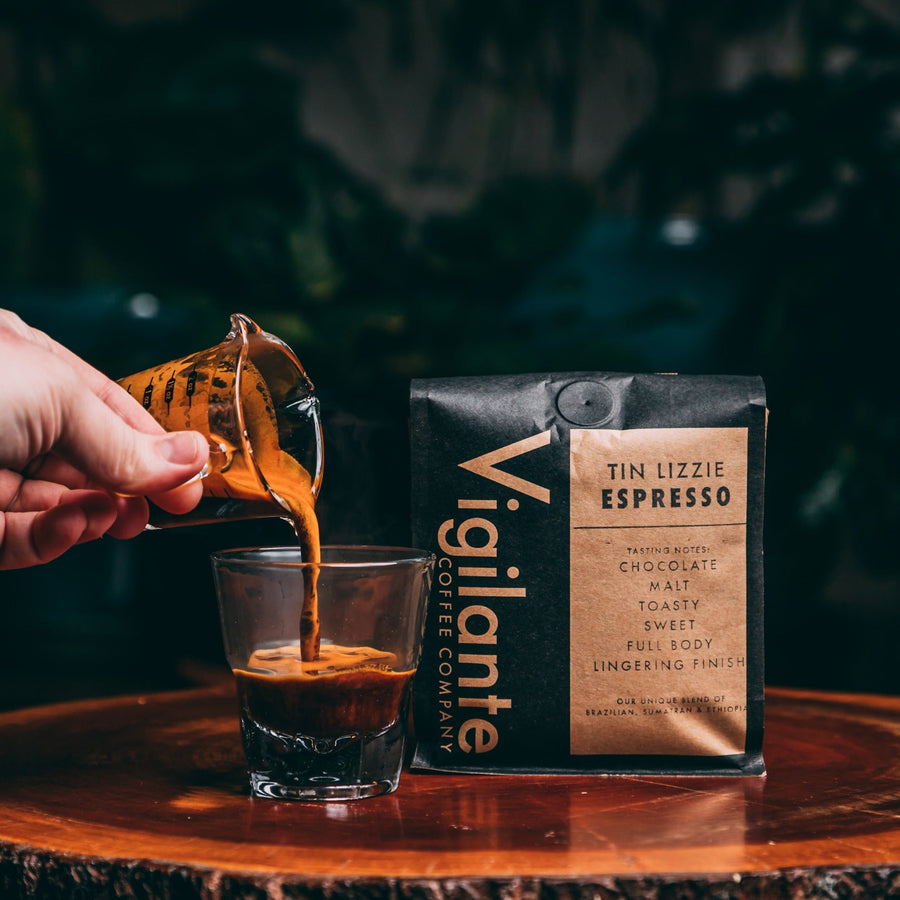The Coffee Lover’s Guide to SOE Single Origin Espresso Selections
The Coffee Lover’s Guide to SOE Single Origin Espresso Selections
Blog Article
Coffee Beans 101: Every Little Thing You Need to Find Out About Espresso and Blended Coffee Beans
When it comes to coffee, recognizing the nuances of coffee and blended beans can transform your day-to-day mug. You'll discover the distinctive features of Arabica and Robusta beans, and just how each impacts flavor and high levels of caffeine content. From the expanding process to toasting techniques, every action plays a function in your coffee experience. So, what makes the best mixture? Allow's discover the essential elements that contribute to an outstanding mug of coffee.
Recognizing Coffee Beans: Kinds and Varieties
When diving into the globe of coffee, comprehending the kinds and selections of coffee beans is important for each enthusiast. You'll primarily run into two primary species: Arabica and Robusta. Arabica beans are recognized for their smooth, complicated flavors and reduced high levels of caffeine material, making them a preferred amongst coffee aficionados. On the other hand, Robusta beans load a punch with a more powerful, much more bitter taste and greater caffeine degrees, often made use of in espresso blends.
Ethiopian Yirgacheffe uses bright flower notes, while Colombian beans give a healthy taste profile. By acquainting yourself with these beans and their tastes, you'll raise your coffee experience and make more educated options in your brewing journey.
The Growing Process: From Seed to Bean
When you discover the journey of coffee, it all beginnings with seed choice strategies that establish the foundation for quality. From there, cultivation and harvesting play essential roles in making certain the beans flourish. Ultimately, handling methods change those harvested cherries right into the coffee beans you enjoy.
Seed Option Techniques
Picking the right seeds is necessary for generating top quality coffee beans, as it lays the structure for the whole growing procedure. You should start by choosing seeds from trusted resources that focus on top quality and genetic diversity. Search for ranges understood to prosper in your particular climate and dirt problems. Pay interest to the seed's age and storage conditions, as fresh seeds have a tendency to germinate better. When possible, choose for organic seeds to lessen direct exposure to dangerous chemicals. Think about the disease resistance of various ranges, as this can substantially impact your return. Lastly, don't think twice to speak with local farmers or experts to get insights into the most effective seed choices for your area. This understanding will boost your coffee-growing experience.
Farming and Harvesting
As you support your coffee seeds right into growing plants, recognizing the cultivation and harvesting procedure is important for attaining the most effective taste and quality. Beginning by growing your seeds in well-draining soil, preferably in a shaded location to shield them from straight sunlight. As your plants expand, keep consistent dampness, and be conscious of their demand for nutrients. Prune regularly to advertise air flow and healthy and balanced development.
Hand-picking is commonly the finest approach to assure just the ripest cherries are picked. Timing is essential; collecting as well late or also early can affect the taste profile of your beans.

Processing Methods Described
Once you've gathered your coffee cherries, the next crucial action is processing them to change those vivid fruits right into the beans you'll make. In the dry process, you spread out the cherries out in the sunlight to dry, permitting the fruit to ferment and pass on one-of-a-kind tastes to the beans. Recognizing these methods is crucial to enjoying your coffee experience.
Roasting Techniques: Exactly How Taste Is Developed
When it involves toasting coffee beans, recognizing roast levels is key to disclosing their unique flavors. Each toasting method influences the scent and boosts the flavor growth procedure, providing you a richer coffee experience. Let's check out how these factors integrated to boost your everyday brew.
Roast Levels Described
Roast levels play a necessary function fit the taste profile of your coffee. You'll take pleasure in bright acidity and fruity notes when you choose a light roast. As you transfer to a medium roast, you'll notice an equilibrium of sweet taste and intricacy, commonly highlighting chocolate or sugar flavors. Dark roasts, on the other hand, deliver vibrant, great smoky attributes with less level of acidity, making them robust and abundant. Each level results from various roasting times and temperatures, impacting the beans' chemical composition. By comprehending these degrees, you can better choose a coffee that matches your taste preferences. Explore different roasts to find which one resonates with you, boosting your overall coffee experience and enjoyment.
Effect on Aroma
The roast level not only influences the taste of your coffee however likewise greatly impacts its fragrance. When you pick a light roast, you'll usually notice bright, floral notes that can make your coffee smell lively and fresh. As the beans dim, the aroma changes; a medium roast draws out a lot more well balanced, caramelized aromas, while a dark roast tends to feature bold, smoky undertones. Each roasting method launches different unstable substances, shaping how your coffee smells. Additionally, the freshness of the beans plays a vital function; fresh roasted coffee releases much more aromatic oils, improving that luring scent. Pay attention to the roast degree-- it's key to exposing the complete fragrant experience of your mixture.
Taste Growth Refine
As you discover the flavor development process, you'll uncover that roasting techniques play a crucial duty in shaping the preference account of your coffee. The roasting temperature level and time straight influence the level of acidity, sweetness, and bitterness of the beans. Light roasts retain more of the bean's initial flavors, highlighting fruity and floral notes. Medium roasts equilibrium acidity and body, supplying an all-around flavor. Dark roasts, on the various other hand, highlight vibrant, great smoky characteristics while lessening the bean's inherent high qualities. Throughout roasting, chemical responses, like the Maillard reaction and caramelization, change the beans and enhance their intricacy. Trying out various roasting degrees can assist you find your perfect brew, so do not be reluctant to taste and find the rich spectrum of flavors!
Coffee vs. Blended Coffee: Trick Distinctions
Espresso and blended coffee each deal special experiences that provide to various preferences and preferences. Coffee is a focused coffee brewed by compeling hot water through finely-ground coffee beans, resulting in an abundant, strong flavor and a luscious layer of crema on the top. It's commonly enjoyed as a shot or used as a base for beverages like cappucinos and coffees.
On the other hand, combined coffee integrates numerous beans from different areas, creating a much more well balanced flavor account. You'll typically discover blends that highlight body, sweet taste, or acidity, making them versatile for different developing approaches. While espresso concentrates on strength, mixed coffee may offer a broader variety of tastes that can transform with each sip.
Eventually, your option between coffee and combined coffee boils down to your individual choice. Whether you yearn for a fast jolt or a leisurely mug, both choices have something tasty to offer.

Developing Techniques: Opening the Perfect Mug
When it involves brewing coffee, finding the right technique can change your experience and elevate your mug. Each brewing technique has its special charm and can substantially influence your coffee's taste and aroma. As an example, making use of a French press allows you to enjoy a abundant and full-bodied mixture, while a pour-over method offers a clean, bright cup with distinct flavors.
If you prefer coffee, buying a high quality device can aid you grasp the art of drawing shots. For benefit, a single-serve capsule system provides rate without giving up taste.
Do not forget about chilly mixture, which delivers a smooth, less acidic coffee perfect for hot days. Try out various techniques to find what resonates with your taste buds. Each developing technique opens a new globe of opportunities, so take the time to discover and discover your best cup. Satisfied brewing!
Sampling Notes: Determining Flavor Profiles
Exactly how can you really value your coffee if you don't understand what tastes to try to find? Tasting notes are your overview to understanding the complicated globe of coffee. Pay interest to the initial tastes that strike your palate when you drink. You may spot fruity notes, like berry or citrus, or probably a nutty undertone. As you continue to taste, see just how the flavors advance-- this is understood as the "surface." Some coffees may leave a chocolatey or sugar aftertaste, while others may have a bright, clean finish.
Think about the body of the coffee, as well; is it light and ventilated or thick and syrupy? Do not fail to remember level of acidity; a bright level of acidity can include vigor, while a low acidity may give a smoother experience. By determining these flavor accounts, you'll grow your connection with each mug, making coffee sampling a delightful trip of exploration.

Tips for Picking and Storage Coffee Beans
Choosing and saving coffee beans correctly can greatly boost your developing experience. Beginning by choosing top quality beans that fit your preference - SOE.
As soon as you have your beans, save them in a closed container to avoid exposure to light, air, and moisture. A dark, trendy area functions best, so avoid maintaining them in the fridge or freezer, as this can present wetness. Just grind the quantity you need to preserve freshness; entire beans maintain taste longer than pre-ground coffee.
Lastly, attempt to use your beans within two to four weeks after opening for peak taste. Complying with these suggestions will certainly assure your coffee stays delicious and delightful, boosting your day-to-day mixture to brand-new heights.
Regularly Asked Inquiries
How Much Time Do Coffee Beans Remain Fresh After Roasting?
Coffee beans remain fresh for regarding two weeks after roasting - SOE. You need to save them in a closed container, far from light and dampness. Afterwards, their flavor and fragrance start to reduce significantly

Can I Mix Different Coffee Bean Varieties?
Absolutely, you can blend various coffee bean ranges! Exploring with blends can enhance flavors and create a special taste account. Just see to it to balance the toughness and attributes of each range for the best outcomes.
What Is the Ideal Work Size for Coffee?
For coffee, you'll want a fine grind dimension, regarding the appearance of table salt. This enables excellent removal, leading to an abundant, delicious shot. Experiment a bit to discover what fits your preference best!
Exactly How Does Altitude Affect Coffee Bean Flavor?
Altitude affects coffee bean flavor by affecting the development rate and chemical structure. Higher elevations cause slower maturation, which enhances level of acidity and intricacy, providing your coffee a distinct and vivid preference you will not fail to remember.
Exist Decaffeinated Versions of Espresso Beans?
Yes, there are Single Origin Espresso decaffeinated versions of coffee beans. You can enjoy a rich coffee flavor without the caffeine kick. Simply seek "decaf" blends at your neighborhood cafe or specialized store.
Coffee Beans 101: Everything You Need to Know About Espresso and Blended Coffee Beans.
When diving right into the world of coffee, comprehending the types and varieties of coffee beans is important for every lover.When it comes to roasting coffee beans, comprehending roast degrees is essential to revealing their unique flavors. Espresso is a focused coffee made by compeling hot water via finely-ground coffee beans, resulting in a rich, vibrant flavor and a creamy layer of crema on top.On the other hand, mixed coffee combines different beans from various regions, developing a much more well balanced taste profile.
Report this page